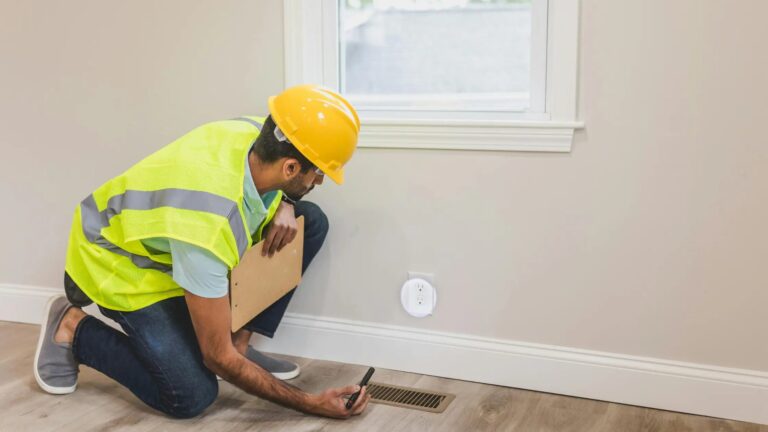Void periods – or times when your rental property is without tenants – are somewhat of an inevitability with a buy-to-let property. That said, they can be costly, especially if you have a mortgage, so it’s important to keep them as short and infrequent as possible.
The good news is that, with effective property management, vacant periods can be kept minimal.
Here’s everything you need to know about managing your void periods and keeping them brief:
How much will a void period cost me?
There is no clear answer to this question, as the cost of a void period will largely depend on where your property is located and how long the vacant period lasts. However, other than a period without rental income, you will also have to cover other costs while your property is without tenants. These may include:
-
Council tax
-
Utility bills
-
Mortgage repayments
-
Maintenance work and redecorating
-
Remarketing the property
-
Vetting tenants
Void periods can also cost you time, which is arguably your most valuable commodity. Trying to fill a rental gap quickly and effectively is no easy task to accomplish alone, and the hours used are hard to put a price on.
Related: Financial planning for landlords: Budgeting and beyond
How to reduce void periods
Advertise your listing as early as possible
As soon as your current tenants have notified you that they will be leaving, begin marketing the home so that there’s plenty of time to find a new tenant.
When you work with a professional letting agent, they’ll have prospective tenants at the ready so you can move someone in almost as soon as your property becomes available.
Use a deposit protection scheme
Not only are these a legal requirement, they also help speed up the moving-out process and minimise disputes, allowing you to have a faster turnaround time between tenants.
Choose a reliable tenant
The importance of thorough tenant screening should never be underestimated. Having a tenant who is well-suited to your property will help you to maintain a long and positive tenancy.
Your letting agent can manage this for you, ensuring that your next tenant can afford the rent, has a positive background in renting other properties, and is committed to taking care of the home while they live in it.
Get your paperwork in order
Before you can move your next tenant in, you should make sure you have everything you need at the ready. You should check both your Energy Performance Certificate and your Gas Safety Certificate, because if either of these have reached their expiration date, it could delay the start date of your next tenancy.
Set a fair rent
Even if your property sees high demand year-round, you should still charge fair rent. If you raise the price higher than tenants in that area are able or willing to pay, then your void periods could draw out longer.
Book your free expert rental valuation today
Keep the property well-maintained
It’s important to have a letting agent who will inspect the property regularly enough to spot any early issues. They will also need to respond quickly to faults reported by the tenant, as this will keep the tenant happy and more inclined to stay long-term, while also minimising the chances of any unwanted surprises when the home is vacant.







